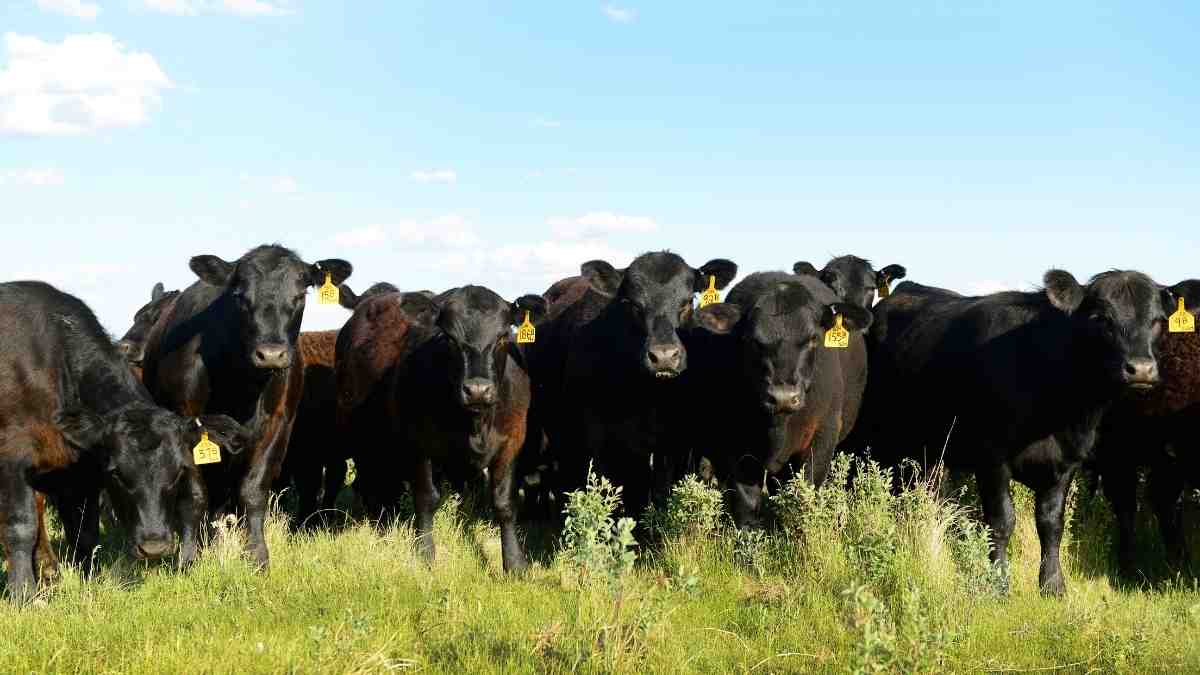What is the difference between grass-fed and grain-fed cattle?
This article was first published by Canadian Food Focus
Cattle start life by consuming milk and then feed on grass for most of their lives. The variable factor is what farmers feed their cattle during the final few months before they go to market.
Grain-fed cattle are also called grain-finished. As they age and are prepared for food, these cattle transition from eating mainly grass to feedlots where they are given a mixture of both grass and grains-based feeds. Grain-finished cattle eat a carefully balanced diet of grasses, grains such as barley or corn, and other plant materials in the feedlot for the last four to six months before being sold for meat. Grain finished beef is the most common type of beef available in Canada.
Grass-fed cattle are also called grass-finished. These cattle eat grass and dried hay, including alfalfa and clover for their entire lives. Since grazing can be challenging in some climates, grass-fed cattle may be given dried hay for feed. Grass fed beef is a specialty beef and is becoming more readily available in Canada.

Is one more nutritious than the other?
The nutritional difference between grass fed and grain fed beef or butter can be challenging to determine. Health Canada’s Canadian Nutrient File, the authoritative database on nutrients in food, does not differentiate between meat or butter from grass or grain-fed cattle. There are some studies, and USA nutrient databases, that show grass -fed beef may be somewhat leaner and have different types of fat, including slightly higher amounts of beneficial omega-3 fats, when compared to grain-fed beef. However, there’s little scientific literature comparing a human diet of grass-fed beef to a diet of conventional beef.
The Canadian Nutrient File’s database confirms that beef, regardless of what farmers are feeding their cattle, provides our bodies with 14 essential nutrients. Just one 75 g (2 ½ oz) serving of cooked red meat such as a beef sirloin steak is a source of important nutrients including protein, iron, vitamin B12, and zinc. Beef and butter, regardless of the source are nutritionally insignificant sources of omega-3 fats.
Bottom Line:
In the overall healthy diet, the nutritionally significant recommendations are eating plenty of vegetables, fruits, whole grain foods and protein foods. If you choose lean red meat, cook it in a healthy way with little or no added salt, sugars or saturated fat for a nutrient-packed protein option.
Let’s eat healthier! Contact us to discover more. We also offer in-person and virtual workshops, cooking demos on how to maximize your food and nutrition intake. Invite us to your organization and your family table.